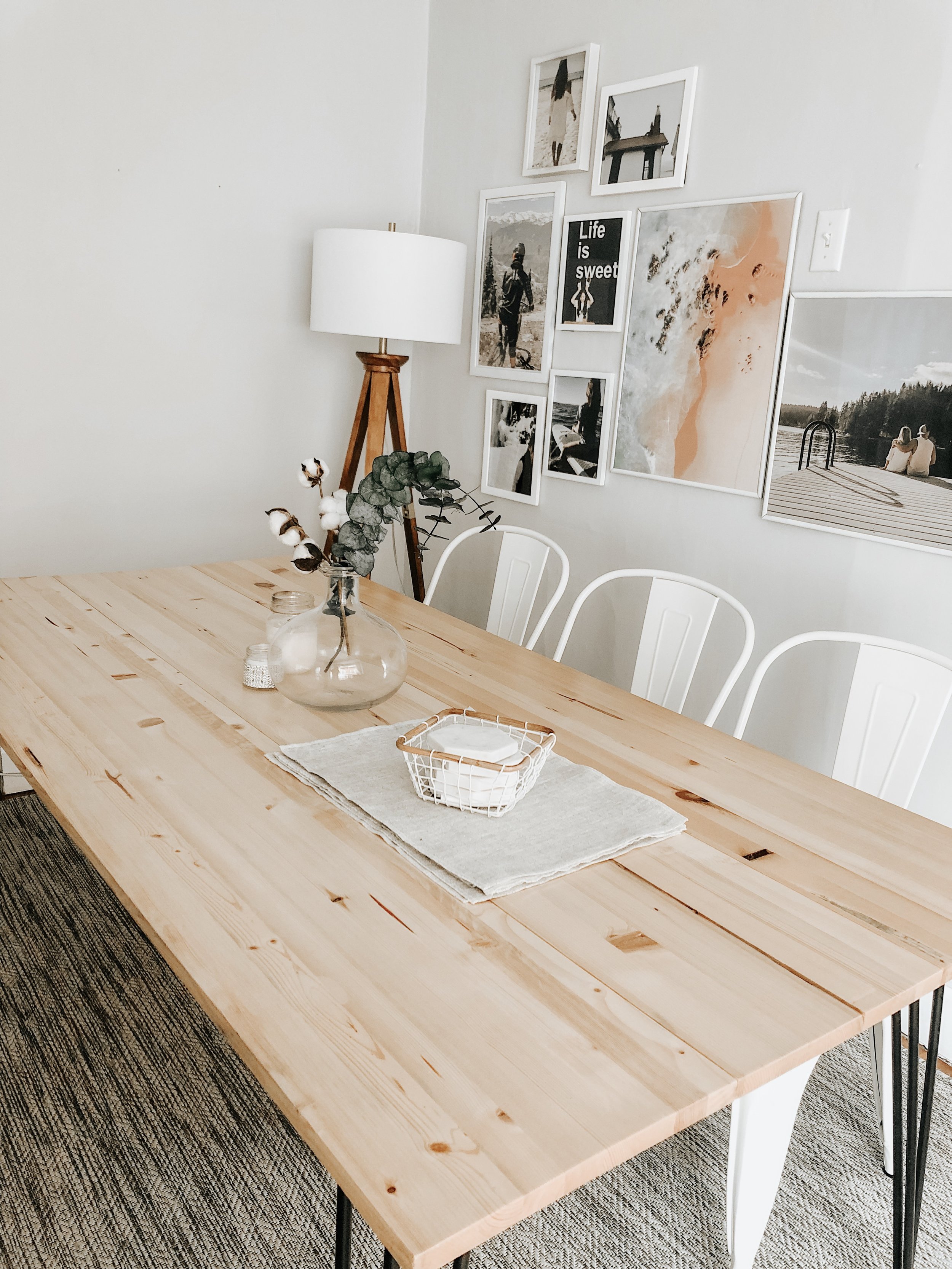Affordable and High-Quality Dining Room Table Legs for Every Budget
Affordable and High-Quality Dining Room Table Legs for Every Budget
Blog Article
From Traditional to Modern: Locate the Suitable Dining-room Table Legs for Your Design
While traditional layouts such as cabriole and turned legs stimulate a sense of timeless elegance, modern styles like hairpin and geometric choices provide a chance for striking aesthetic interest. As you consider these elements, the question continues to be: exactly how can you effortlessly integrate these diverse leg designs to develop an unified dining experience?
Comprehending Table Leg Styles
The variety of dining-room table leg styles can considerably affect both the appearances and performance of the space. Each leg design adds distinct visual aspects and useful functions, accommodating varied style choices and usage requirements. Understanding these styles is vital for selecting the best table that straightens with your total interior decoration vision.
For example, conical legs use a clean, traditional appearance that can boost a room's elegance, while stand bases provide stability and make the most of legroom, making them perfect for smaller sized areas. Hairpin legs, a trademark of mid-century contemporary design, present a commercial style, enabling an airy, open feel. Trestle legs stimulate rustic charm, giving durable support and a sense of timelessness.
Wooden legs can bring warmth and structure, whereas metal options usually convey a sleek, contemporary vibe. Ultimately, recognizing table leg designs is necessary for developing a cohesive eating area that reflects individual design while ensuring usefulness and comfort.
Conventional Table Leg Options
When selecting dining-room table legs, typical choices often embody ageless elegance and craftsmanship. These styles reflect an abundant heritage and a dedication to high quality, making them perfect for those that appreciate classic visual appeals.
One of one of the most legendary standard leg styles is the cabriole leg, defined by its stylish curved form. This layout commonly includes attractive carvings and is most generally discovered in Queen Anne and Chippendale furnishings. One more preferred option is the turned leg, which flaunts a series of smooth, rounded shapes that provide a classic look while keeping security.
Moreover, the straight leg, while straightforward, uses a basic and sturdy structure that can blend flawlessly with a selection of tabletop styles. For those attracted to ornate outlining, claw-and-ball feet legs stimulate a feeling of grandeur and can work as a magnificent centerpiece in any kind of eating space.
Finally, stand bases, although not strictly legs, provide a different typical alternative that enables for enough legroom and can be magnificently carved. Each of these conventional leg designs adds to the overall ambiance of a dining-room, marrying feature with aesthetic appeal.

Modern Table Leg Layouts
Modern table leg styles supply a diverse variety of designs that emphasize ingenious products and clean lines. These layouts typically prioritize performance while working as striking centerpieces within a dining room. Minimalist looks prevail, visit here with legs crafted from products such as metal, glass, and engineered timber, which add to a airy and contemporary feeling.
One preferred style is the hairpin leg, identified by its slender, tapered structure that supplies stability without frustrating the tabletop (dining room table legs). This design is often found in mid-century modern-day furnishings and can easily enhance different eating table shapes. Another trend is the use of geometric forms, where legs may tackle angular or asymmetrical kinds, adding visual rate of interest and a touch of virtuosity

Blending Designs for One-of-a-kind Spaces
Commonly, homeowners look for to produce special dining rooms that mirror their individual design by blending different layout elements. This page approach enables the incorporation of varied aesthetics, leading to a harmonious yet unique environment. As an example, matching a rustic wooden table with streamlined, modern-day metal legs can produce an eye-catching contrast that elevates the area's overall allure.
Furthermore, integrating vintage table legs with modern table tops can evoke a sense of history while preserving a modern perceptiveness. Such mixes not only display individual preference but also encourage creative thinking, permitting homeowners to curate a space that feels both individual and welcoming.
Shade plays a critical duty in this blending process; selecting table legs that complement or contrast with the existing color design can enhance aesthetic passion. Whitewashed legs can soften the daring of a dark table surface, developing a well balanced visual.
Tips for Choosing the Right Legs
Picking the right table legs is necessary for attaining both functionality and visual charm in your dining space. Begin by thinking about the general style of your room. Standard setups gain from legs that include detailed carvings or turned layouts, while contemporary spaces may require smooth, minimal designs.
Next, analyze the elevation and security of the legs. dining room table legs. Standard table vary between 28 to 30 inches in elevation, so make certain the legs this hyperlink complement this dimension for convenience. Additionally, robust products, such as hardwood or metal, can improve security and long life
Evaluate the leg form too-- options consist of straight, tapered, or stand styles. Straight legs provide a traditional look, while conical legs can add a touch of elegance. Pedestal bases offer sufficient legroom and are ideal for smaller spaces.
Verdict
In summary, selecting the optimal eating space table legs requires cautious consideration of both typical and modern styles. By harmonizing leg design, height, and product with the total design, a cohesive and inviting atmosphere can be accomplished.
The range of dining space table leg styles can considerably influence both the appearances and capability of the space. Ultimately, comprehending table leg styles is important for creating a natural eating area that mirrors personal style while guaranteeing functionality and convenience.One of the most iconic traditional leg styles is the cabriole leg, characterized by its elegant curved form. Straight legs provide a classic look, while tapered legs can add a touch of elegance.In summary, picking the optimal dining area table legs calls for careful factor to consider of both modern-day and typical designs.
Report this page